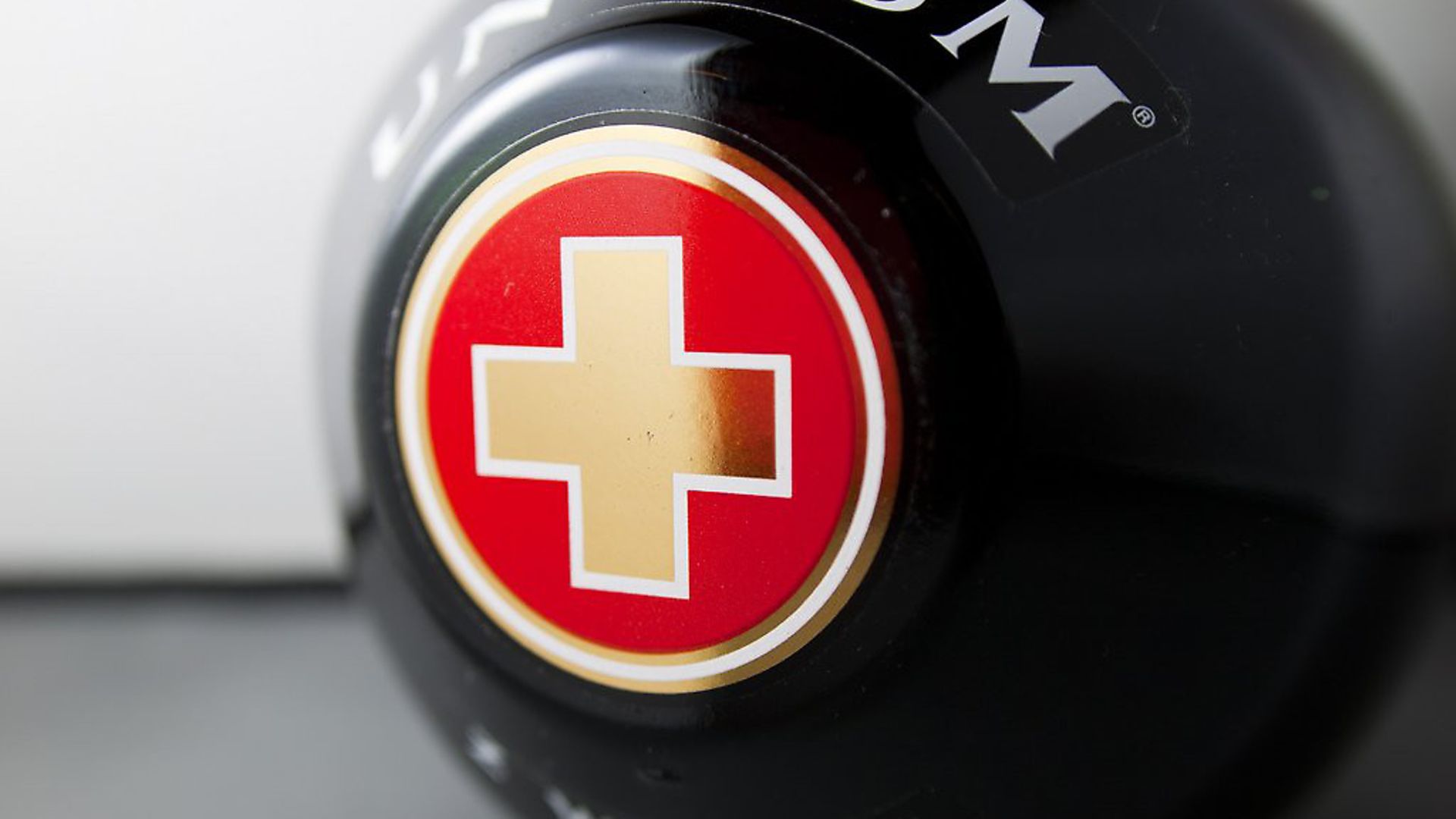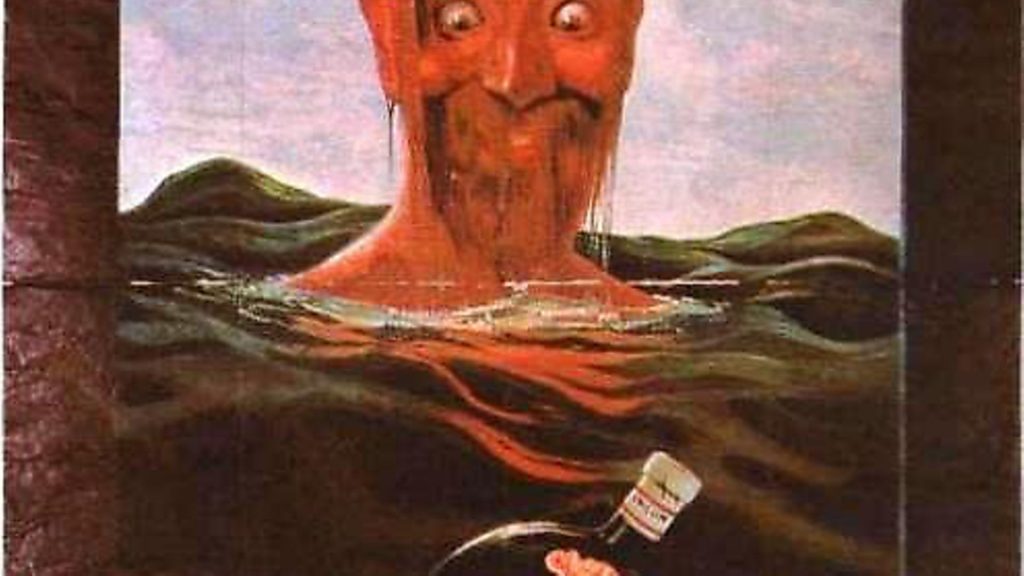
What is Unicum and why should I drink it?
https://www.instagram.com/p/BWPZ9I9gO4-/?taken-by=unicumofficial
The intriguingly-named Unicum is the ‘national shot’ of Hungary, and its story is that of the nation, from its use as a popular aperitif at Habsburg balls, to its struggle for survival under communism, and its emergence as a symbol of modern Hungary.
The drink dates back to the late 18th century, when Dr Jozsef Zwack, the Royal Physician to the Habsburg Court, furnished Emperor Joseph II with a new creation to aid the ruler’s digestion.
Zwack had made it from a special concoction using 40 different medicinal herbs and spices, including ginger from China, cardamom from India, aloe from South Africa and chamomile from Hungary. It was the emperor’s subsequent response – ‘Das ist ein unicum!’ (this is unique) – which gave the drink its name, and guaranteed its enduring popularity.
J. Zwack & Co. was founded, as Hungary’s very first liqueur manufacturer, and the family firm is still going strong, with that original recipe still a closely guarded secret.

From the very beginning, the drink was bottled in a distinctive bomb-shaped receptacle, adorned with a red cross – a significant donation was apparently made to the aid organisation to allow the medicinal symbol to be used.
By 1840, the firm’s Budapest site had become one of the biggest distilleries in central Europe and at the height of the Austro-Hungarian Empire the Zwack family was producing well over 200 separate liqueurs for export all over the world. Such was its global reach the firm felt the effects of Prohibition in the US.
During the Second World War the factory was bombed three times, and then torched by the retreating Nazis. The cellars survived, though, and the barrels kept there were used after the war to help repair Budapest’s damaged bridges.
The plant itself was up and running again by 1948. However, the communists – who were just then consolidating their grip on the country – seized the business, while members of the Zwack family fled. The new recipe handed over to the new communist management, however, is said to have been a bastardisation of the original – with nowhere near the levels of herbs and spices – allowing fleeing family members to take the original with them to Italy and the US. After the communist regime fell, the genuine drink could once again return to Hungary – accompanied by a clever marketing strategy – and become an important national symbol once again. As when it was first tasted by Emperor Joseph II, it is noted for its soothing effect on the stomach, making it a popular after-dinner drink. But Hungarians also enjoy a shot in between rounds of beer, giving this drink its other local nickname… the ‘national accelerator’.









